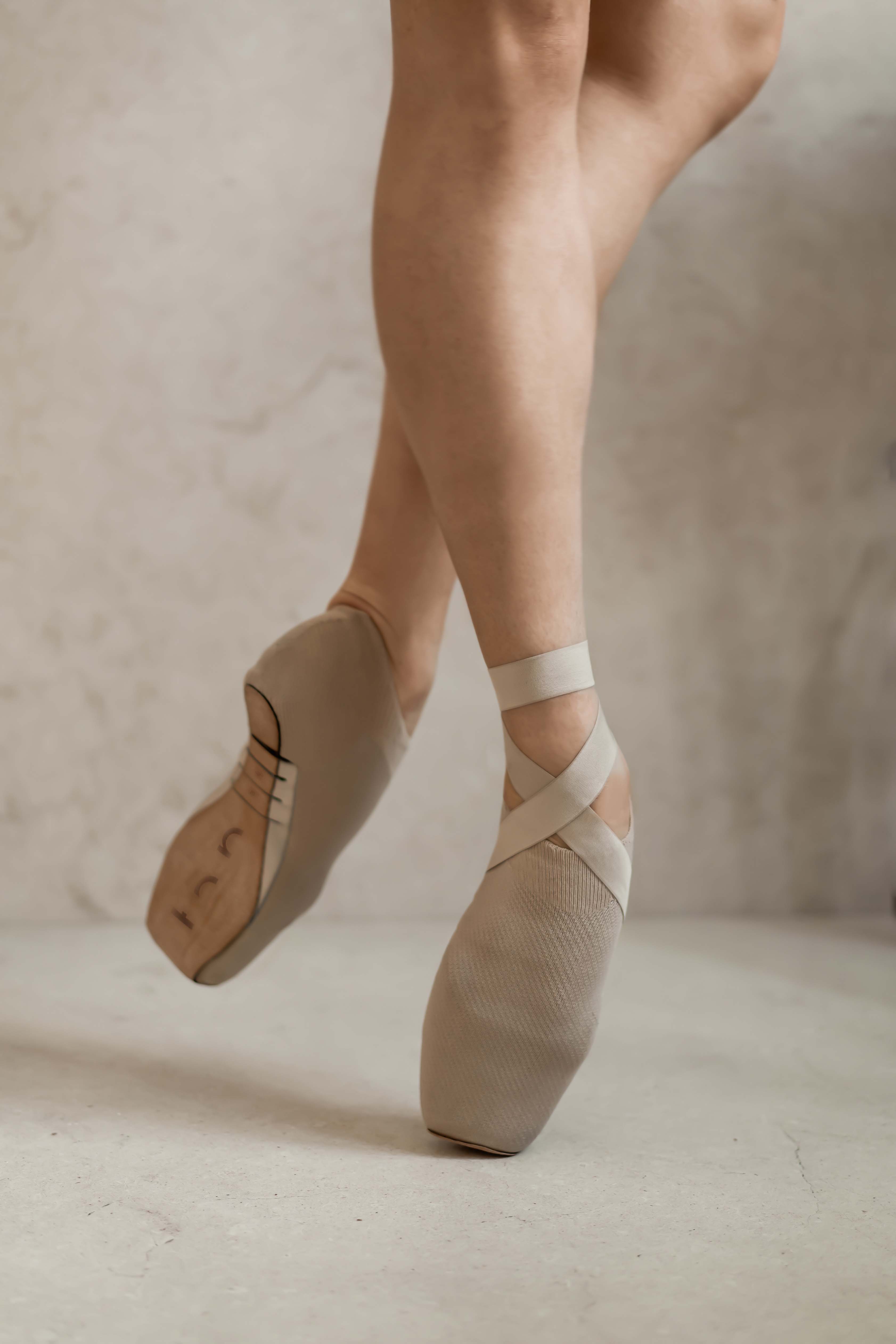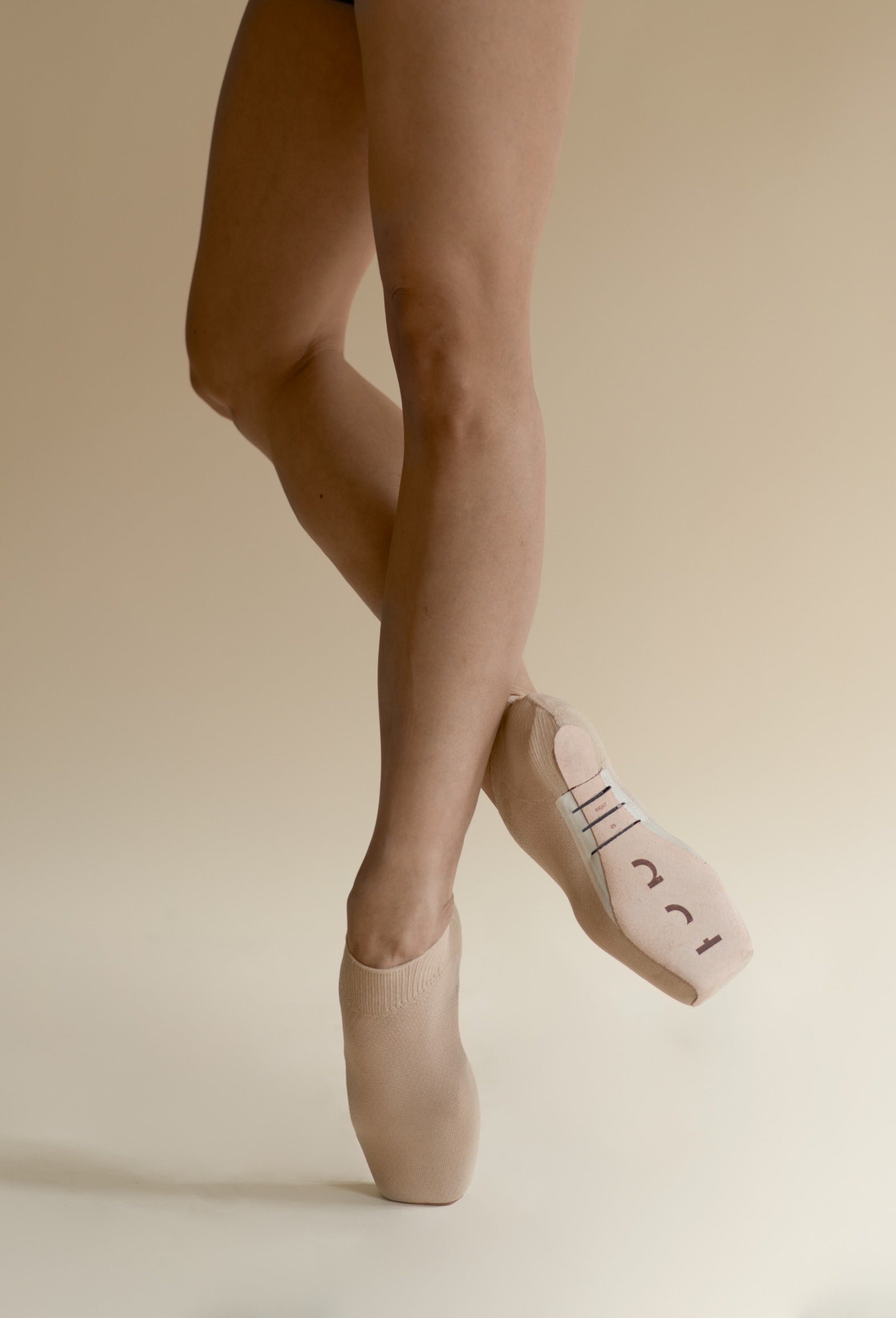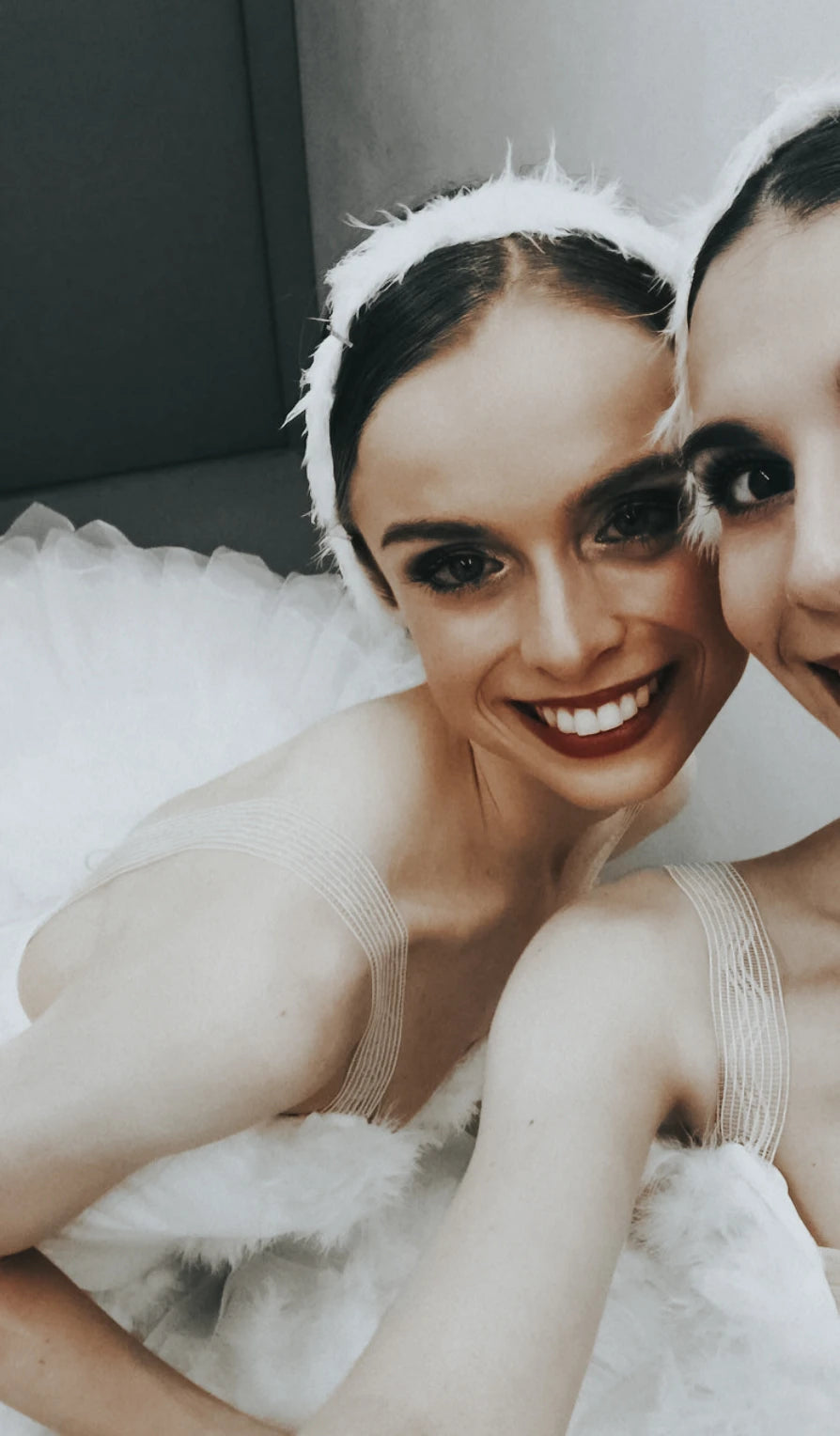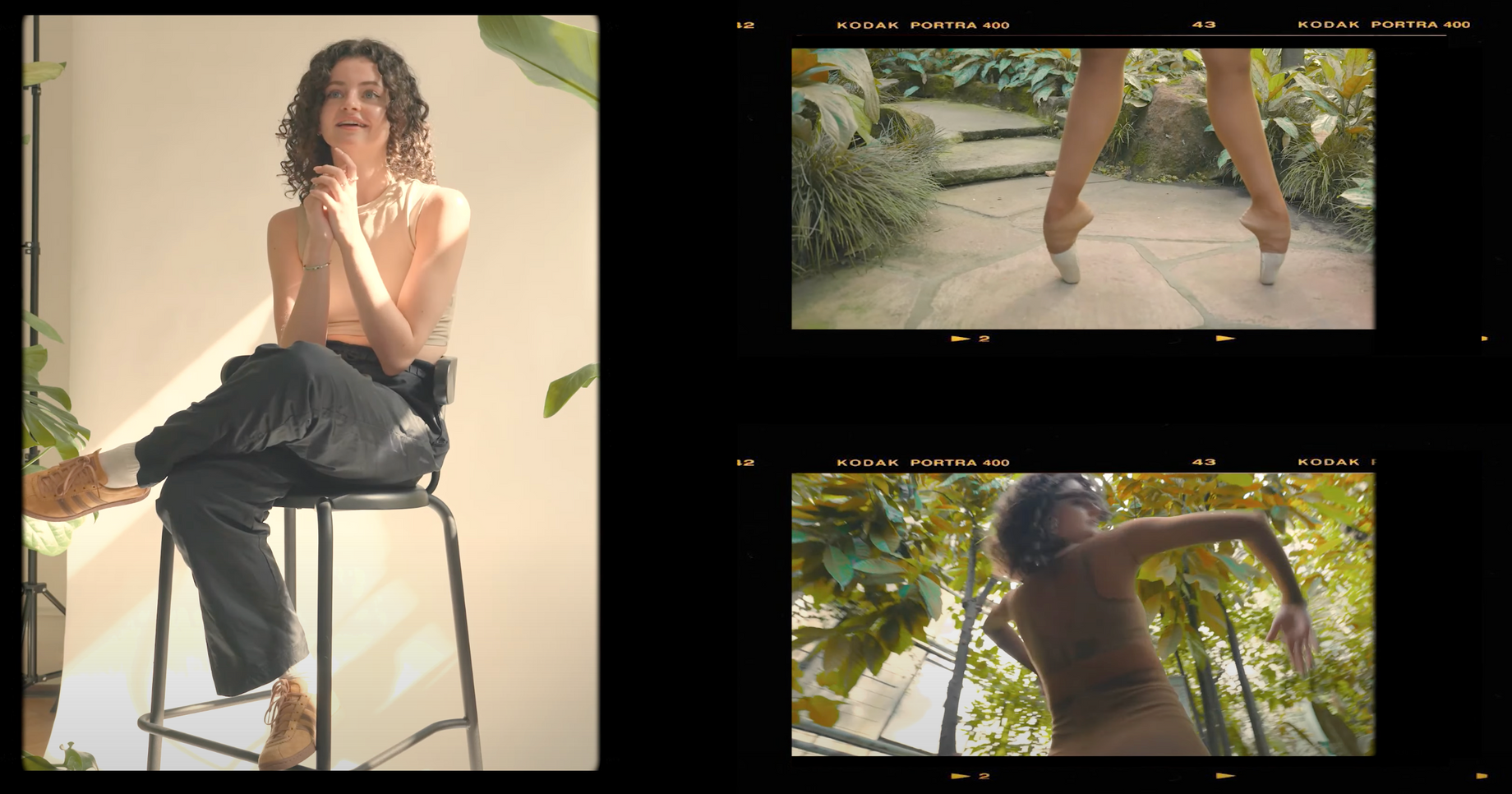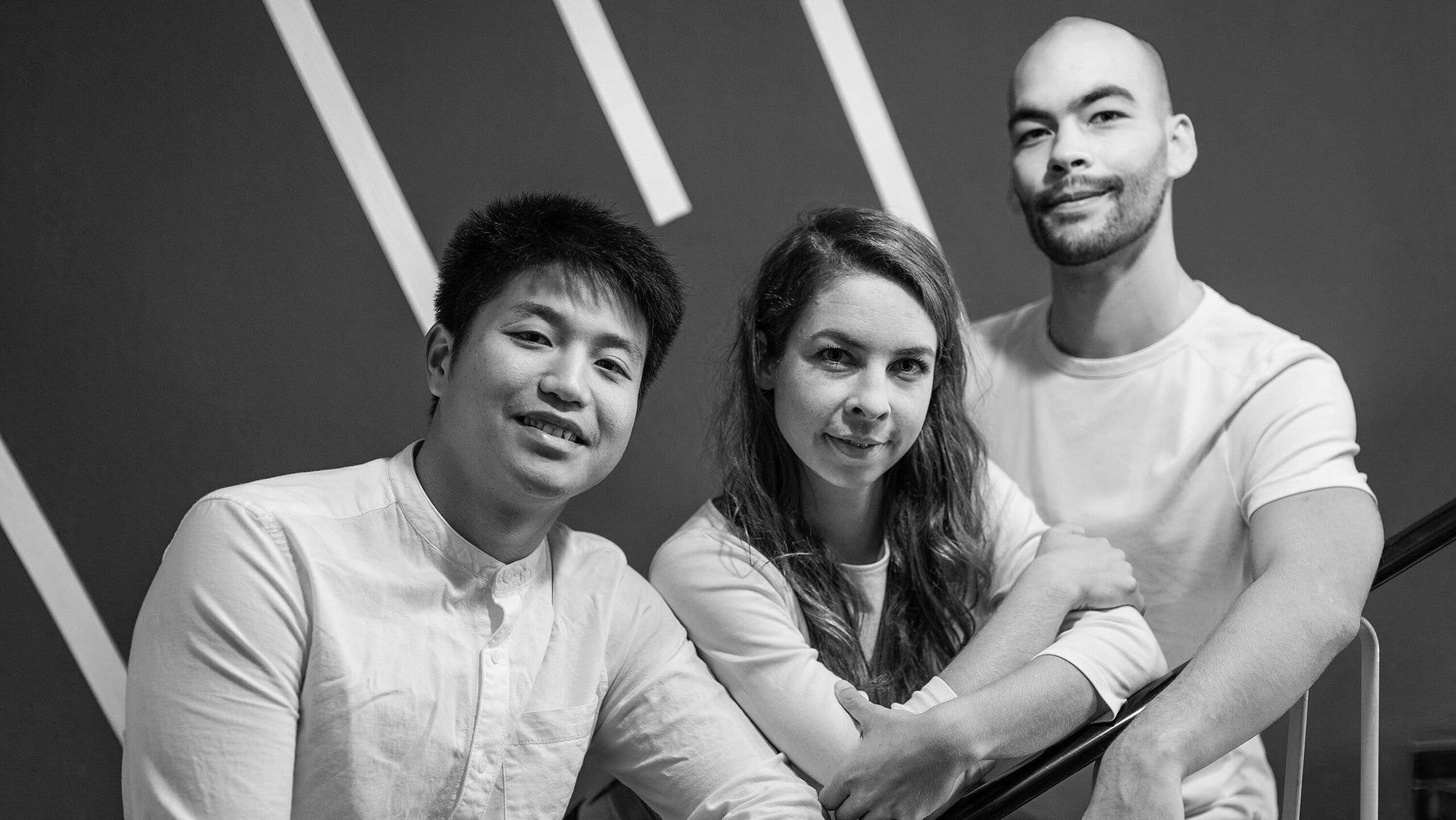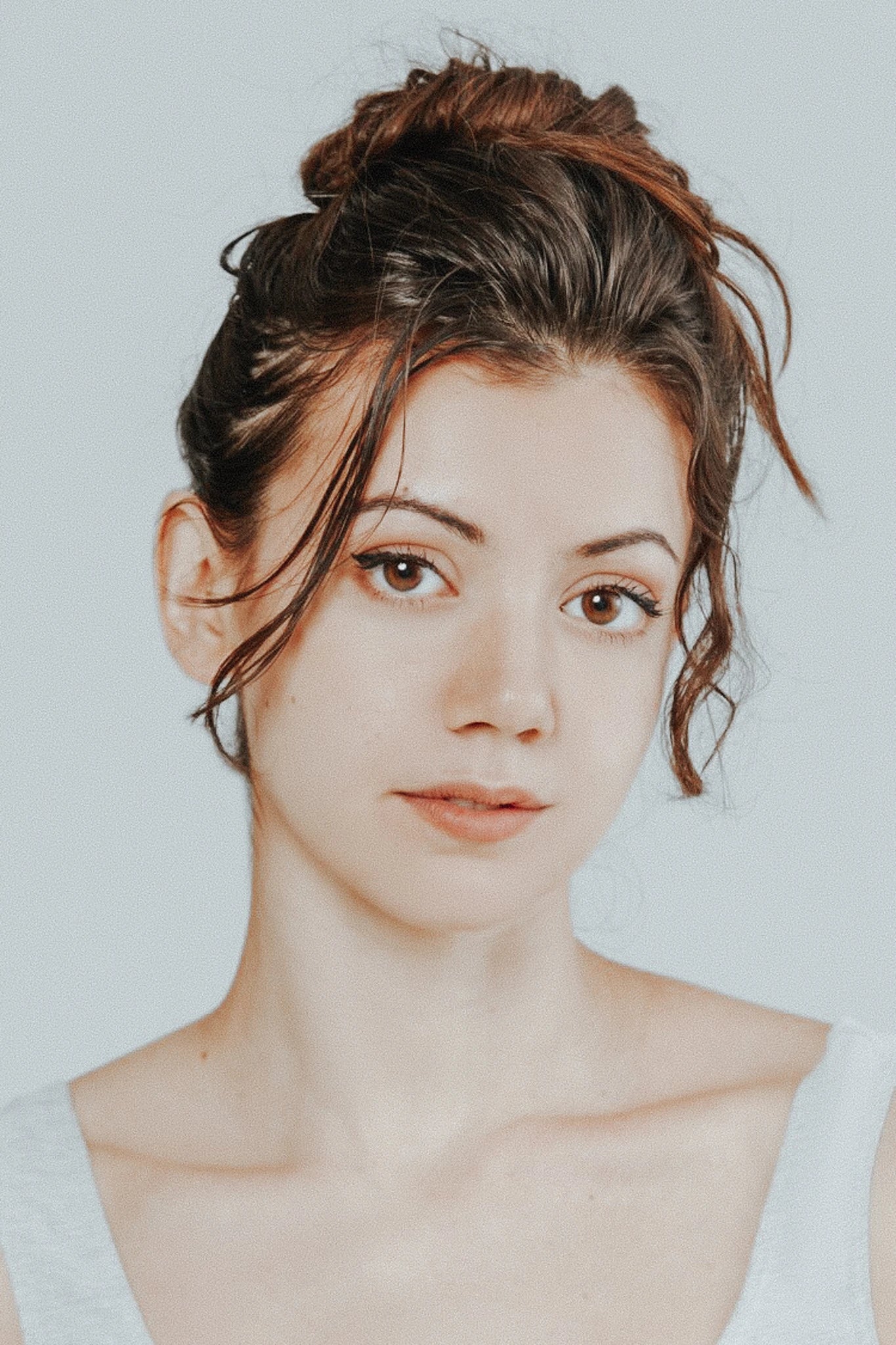Finding the right pair of pointe shoes is synonymous with finding the right partner. The right support helps you in times of need and allows you to thrive and become a better person. The same is with the perfect pair of pointe shoes; they help you feel secure and make your dancing come alive. While we know this, why is finding the right pair still so problematic?
With retired shoemakers, delayed deliveries, and a messed-up supply chain, finding the right fit for dancers in 2022 continues to be even more complex and challenging than ever before.
In this series of Finding The Right Fit, we follow the pointe shoe journey of three professional dancers: Suzan Sittig, Cécile Kaltenbach, and Sarah Irmatova. From their first fittings to their transition from student to company life, we explore the many facets and demands of a dancer, and ultimately, what one looks for in finding the right fit—and the consequences for not wearing the right ones.

No. of pointe shoe brands worn: 6
No. of pointe shoe models worn: 8
My first pointe shoe fitting
I was 9 years old, and I was very excited! Sadly, I could only try a few makers and brands at the time, as they were the only ones offered to me. Also, many teachers I had seemed to think that the brands they used to wear would fit all of their students.
What was it like training in my first pair of pointe shoes?
We stayed at the barre. I didn’t prepare or break in my shoes before the class, as I didn’t know it was necessary to do so at the time. So my pointe shoes were very hard and didn’t shape my foot very well in the beginning.
What was I looking for in a shoe when I was at school?
I was looking for a shoe that they would make my feet look better and arch bigger.
WHAT I LOOK FOR IN A SHOE AS A PROFESSIONAL DANCER IN A BALLET COMPANY
1. Aesthetics
The aesthetics I look for relate to lines and high arches, but of course, the length of the foot because I think if your foot looks a bit longer, it creates longer legs and lines. If the lower part of the foot is shorter, it can look worse, like if the shoe goes over too much. It’s better to be more on top of your foot.
2. Perfect Fit (foot not swimming)
The idea and feeling of losing my shoe can make me very insecure. So for performances, I put a lot of rosin on the heels to make sure they don't slide off. If the fit is too wide in some places, it makes the line look worse and weird.
3. Longevity
I care but not that much. Of course, it’s nice not having to change shoes so often, but at the same time, you get to know your shoe; how long it’s going to last. If I have ballet where I have to stand for a long time on one foot, then I plan. But so long as I can dance perfectly in my shoe, I don't care too much about longevity.
4. Flexibilty & Stability
Yes, this is important. As we usually do adagio on the flat foot, it’s easier to find the balance if you feel the floor. And I think it’s better for the calves; I remember I had used a shoe where I couldn't roll through my foot as much. I had pain and cramps in my calves. I would have to stop my variation. I couldn’t rehearse because of the problem. Going through your foot is very important to find your balance to work properly.
5. Support
Perhaps because I have a high arch, going up en pointe and standing en pointe has never been a problem. I usually go up by myself, as I have the flexibility.
6. Delivery Time
I think it depends on your company, but we did experience some delays because of Covid. Our pointe shoe lady is very on to it! If she knows I like a shoe, she will order 30-40 pairs of that shoe. She even keeps the old stuff, like shoes that nobody wears anymore, and gives them to people looking for new shoes. Fortunately, the process is very organized in my company.
At my old company, the delivery time was a bigger problem because they didn’t like to give too many shoes to us. We had to ask for more each time.
7. Heel slipping off
I usually use elastic ribbons. I love them because they fare secure and tighter. I will also put rosin on my heels before every show. I cannot dance without the feeling that my heels are stable and won’t move at all. I think if it would hurt, I would still do it because I fear them falling off more.
8. Pain
I wear ouch pouches inside my pointe shoes, but nothing thicker. I once tried silicone pads; I can't wear them because I can't feel the floor. It depends on whether the pain is normal or abnormal. If the skin is a bit scratched or you have pain on the nails, you get used to it after a few weeks. I wore a model that hurt the hallux, and it got bigger because the shoe and pressure were too strong. So much so that it changed my foot shape. Perhaps I didn’t break them in or soften them enough on the place of the bone, but my feet got swollen. If it ever came to that point again, I would change the shoe.
9. Quietness
It depends on the dance floor. You can be lucky with your floors if they are soft. We have different productions, so when we have Sleeping Beauty or Swan Lake, we will dance on quite a soft floor, which is nice. My shoes were loud for that, but they were still fine noise-wise. But then we had the premiere of Romeo and Juliet, and we had a different floor, and my shoes were so loud! Like all of a sudden! I didn’t know what to do about it anymore--I even used soft pointe shoes. I also tried to sew/add material around the shoe. However, none of that helped. It’s okay if you have a noisier shoe, but if it’s a rock, then it becomes problematic.
10. Preparation Time
I don’t like having to prepare for my pointe shoes at all! Thankfully, it doesn’t take me very long; I avoid doing too much, plus I don’t need to. I know some girls that need to sew so much on their shoes. It feels like a waste of time. They use their shoes for such a short time, yet they’ve prepared them for so much longer. If you have to do so much, it means all of your free time is used for pointe shoe preparation. It’s also not something you do in your work time; it’s something extra. You have to care about it. So, the better the shoe fits without additional preparation, the better it is.
With all that said, we are in 2022.
There has to be a better solution to pointe shoes. We MUST move forward and innovate upon antiquated inventions to help the dancers of today and future generations. It's time for the ballet world to catch up with the rest of the industries outside the dance bubble in research and development.
